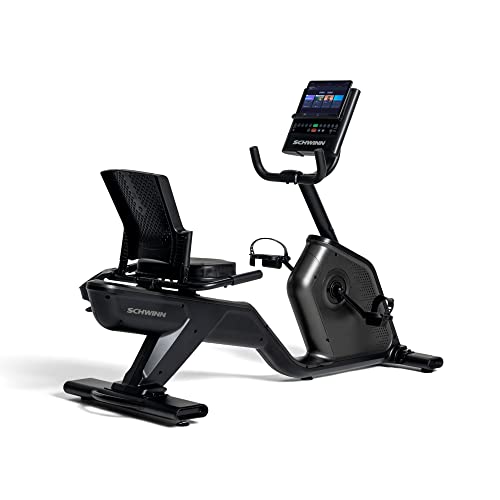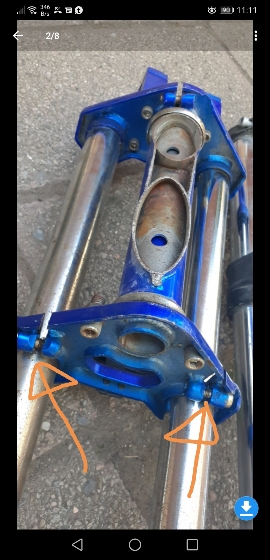- Joined
- May 5, 2016
- Messages
- 218
- Reaction score
- 345
It is all about the shapes. Those "triangles" are much more rigid and strong than the material alone and the forces are passed along (to the next weakest spot- ha)i just put a plate on top with pegs welded to the bottom of it that fit into the top of the fork legs. It is wicked rigid
View attachment 137676View attachment 137677
the headtube nut holds it all together
View attachment 137678
N- yer stuff always looks so good!
Love the chalk drawing (on the van i assume)



























































